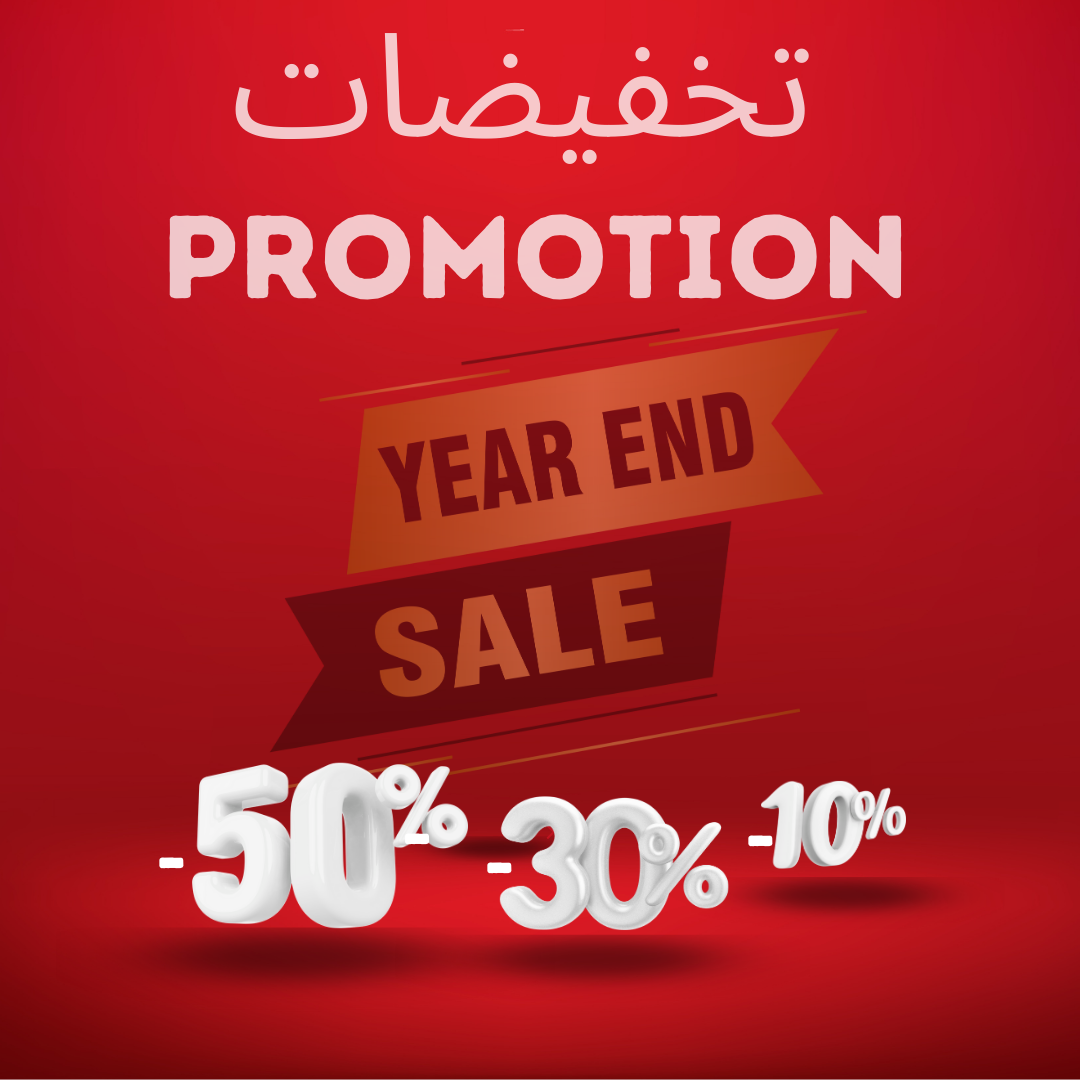
YAC Shop Supports Breast Cancer Awareness Day
October 31, 2024
Year-End Gifts: Share Authenticity with YAC Shop
December 8, 2024Is Moroccan Olive Oil Becoming a Luxury Product?
1. Moroccan Olive Oil: Rare and Expensive
The 2024 olive harvest season began in mid-October across various regions of Morocco. However, this year has brought a significant drop in production nationwide. According to the Minister of Agriculture, Ahmed El Bouari, the national olive yield is expected to reach 950,000 tons, an 11% decrease from last season and 40% less than in a typical year. Olive oil production is estimated to reach about 90,000 tons, while annual demand stands between 130,000 and
140,000 tons.
Producers attribute this reduction to drought and temperature fluctuations during flowering, especially in March, even in irrigated areas. Major olive-producing regions such as Béni Mellal- Khénifra, Marrakech-Safi, Fès-Meknès, the Oriental, and Essaouira have all been affected. Globally, the International Olive Council (IOC) also reports a nearly 40% drop in production this season, contributing to higher olive oil prices worldwide.
2. The Olive Oil Production Process
The journey from harvest to bottling involves a meticulous process. After picking, olives undergo mechanical treatments such as cleaning, washing, destemming, crushing, and mixing. The oil is then separated from the solid residue (pomace) and bottled, with no direct human intervention to ensure quality.
Modern facilities use sustainable practices, like natural evaporation pools for byproducts like pomace, preserving the oil’s natural qualities while minimizing environmental impact.

3. Virgin vs. Extra Virgin Olive Oil
Moroccan olive oil mainly comes in two types: virgin and extra virgin.
* Extra Virgin Olive Oil: This is the highest quality olive oil, produced solely by mechanical methods with no chemical treatments. Extra virgin oil must meet strict criteria, including an acidity level below 0.8%, ensuring a rich, pure, and fruity flavor. Known for its refined taste and health benefits, it’s highly sought after.
* Virgin Olive Oil: Also produced through mechanical means, virgin oil can have acidity levels up to 2%. Although slightly less pure in taste, it remains of very good quality and is ideal for cooking due to its nutrient content and flavor.
The distinction between these types is important, as it impacts quality, taste, and price. Extra virgin oil is best for cold dishes like salads, while virgin oil is ideal for cooking.
4. Yield
In regions like Béni Mellal, yield has been slightly better than last year. By mid-October, 100 kilos of olives produced between 12 to 14 liters of extra virgin oil, rising to 17 or 18 liters per quintal by late October. Producers aim for 22 to 24 liters per quintal by late November or early December, depending on olive varieties.
The Béni Mellal-Khénifra region is known for its distinctive, fruity olive oil, highly appreciated both domestically and abroad. Morocco ranks fifth globally in olive oil production, after Spain, Tunisia, Italy, and Greece. Rising exports have also contributed to higher prices, with primary markets being Spain, Italy, and the United States.
5. Moroccan Olive Varieties
Moroccan olives like “Haouzia” and “Menara” are prized for their quality. In some areas, the Arbequina olive from Spain is also grown, offering higher yields, though its taste declines over time. In contrast, the Moroccan “Picholine” maintains its unique, authentic flavor.
6. Fraudulent Practices: A Threat to Quality
Regrettably, some fraudulent practices damage the reputation of Moroccan olive oil. Reports indicate the mixing of olive oil with other oils or chemicals to reduce costs. Illegal mills may even use methods to artificially enhance the oil’s green color. These practices are a concern for consumers and underscore the need for stricter monitoring to uphold Moroccan olive oil’s quality and safety..
7. Imports to Meet Demand
Facing decreased local production, Morocco has opted to import olive oil from Brazil. According to Brazil’s Ministry of Agriculture, Morocco has authorized the import of 10,000 tons of Brazilian olive oil, with the possibility of renewal in 2025. This measure, along with the suspension of import duties on virgin and extra virgin varieties, aims to meet growing demand while stabilizing prices, which reached 130 dirhams per liter in September.
Conclusion
Known for its quality and unique flavors, Moroccan olive oil faces numerous challenges today. Reduced production, combined with rising international demand and fraudulent practices, may soon make it a luxury product. In response, Morocco is turning to imports to help bridge the gap and maintain access to this emblematic staple of Moroccan culture.







